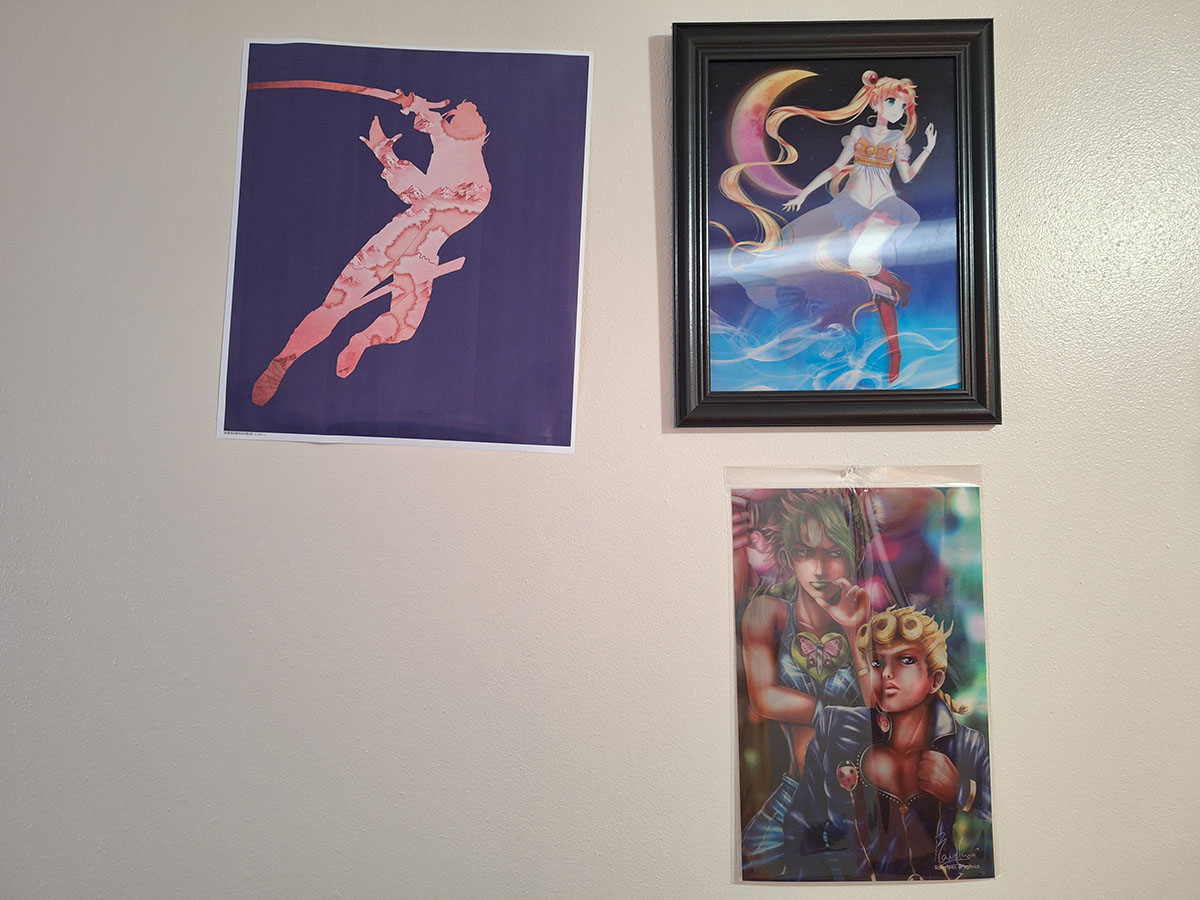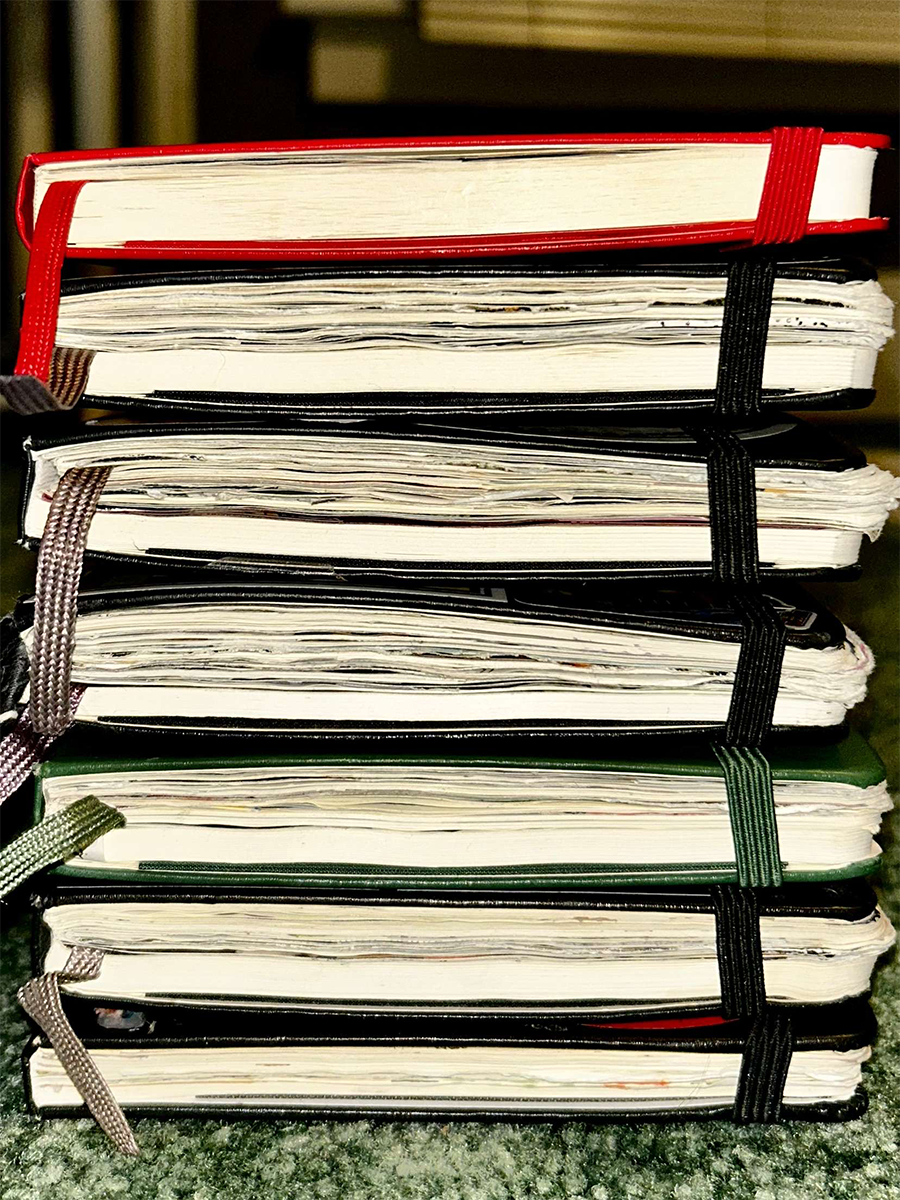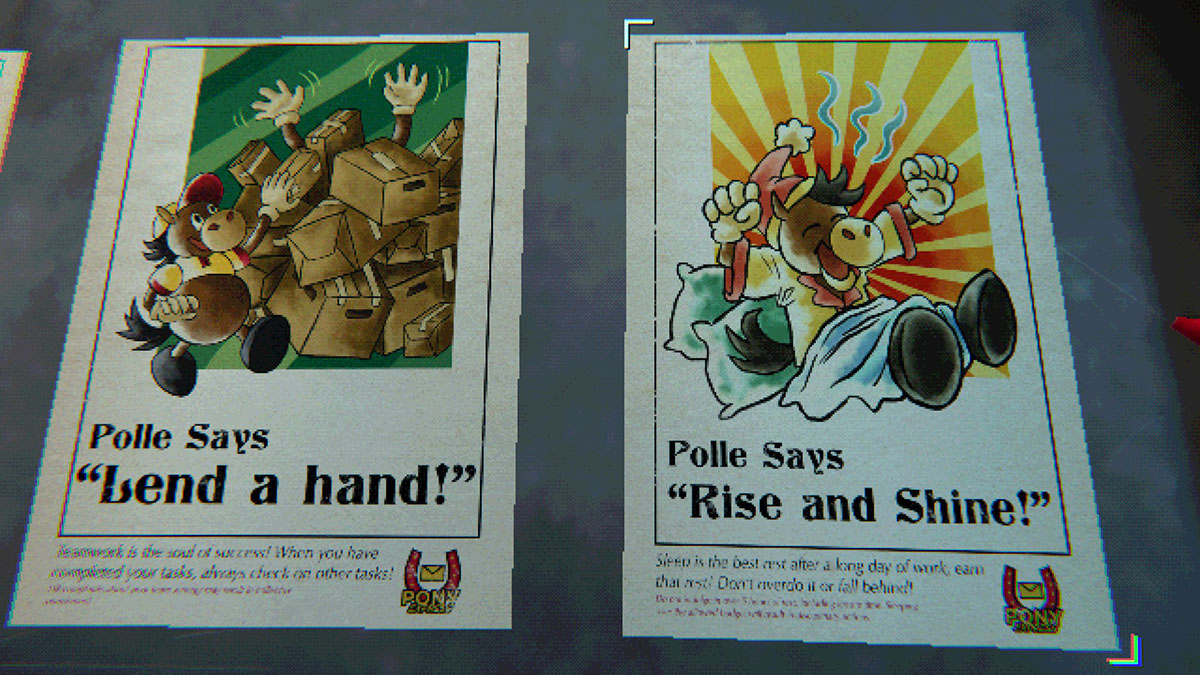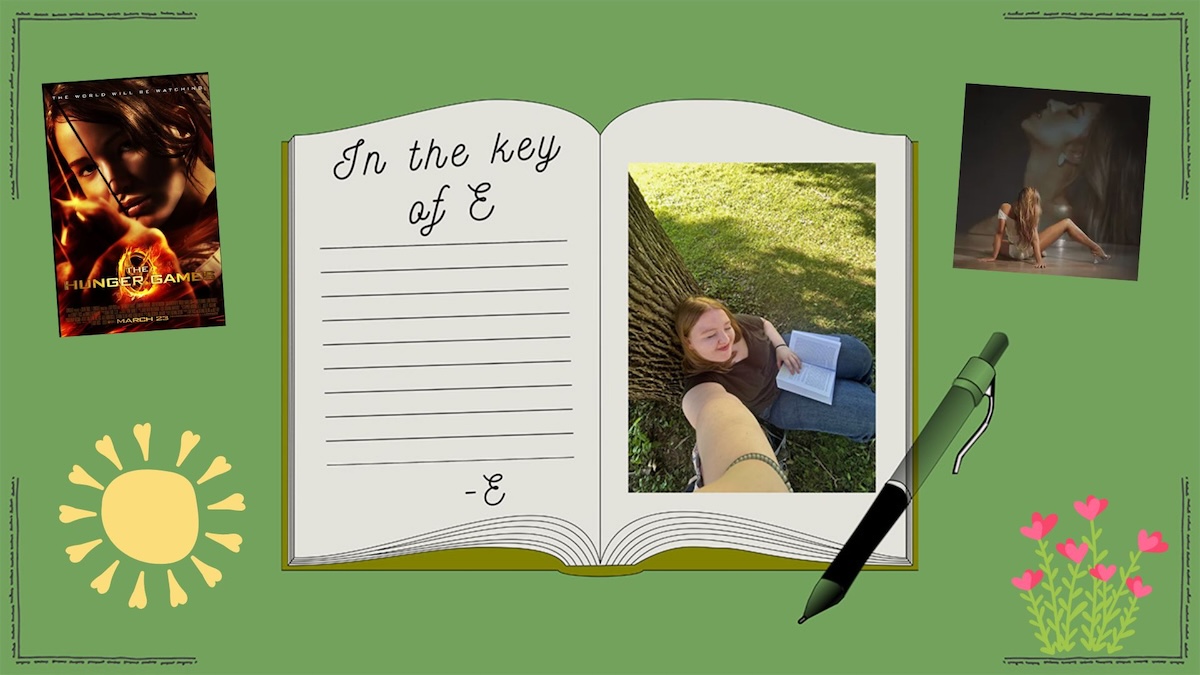I don’t normally watch any sort of educational TV shows. When it comes time for me to sit down in front of the tube, I opt for the classics, like Bravo and E!. So, when my friend and I were having one of our frequent TV and junk food nights, halfway through the newest episode of the “Real World,” I wasn’t surprised when I hadn’t heard about what she called the “plastic island.” My friend told me she’d been watching a show on National Geographic all about this island made of plastic in the middle of the ocean.
Now, you should know that she is a huge, huge advocate for Mother Earth. She reads these articles about environmental issues, then makes it a priority to tell everyone everything she knows about it all the time. It’s safe to say that when she began her latest rant about the “plastic island,” I didn’t give too much thought to it. Afterall, I wanted to see whether or not the roommates were going to get in a fight over this girl.
My ever-patient friend waited until the commercial break to pull up a video and pictures of this island made of plastic, and I could not even believe what I saw. Needless to say, we spent the rest of our TV night watching YouTube videos about this insane landfill.
The “Great Garbage Patch” consists of about 3.5 million tons of trash, floating halfway between Hawaii and San Francisco in the Pacific Ocean. The Pacific Ocean is the largest ecosystem on the planet, but in the space where the “Great Garbage Patch” exists, the plastic-to-sea-life ratio is 6:1. If you’re not so hot at math, that means for every sea creature there are six items of garbage. Six!
How big is 3.5 million tons, you ask? According to greatgarbagepatch.org, this island of debris is roughly the size of Texas and contains shoes, toys, bags, wrappers, toothbrushes and probably too many plastic bottles to count. You might also be wondering how all of this junk — our garbage — got there and why it stays.
Since plastic is made from petroleum and the Earth can’t “digest” it, every bit of plastic ever made still exists. Some of the plastic has been burned, according to the website, but even that creates problems like releasing toxic chemicals from the fumes. The spot in the ocean where this island exists was formed because of currents traveling in a circular motion, drawing in waste from the coasts of North America and Japan.
Just knowing that this oceanic landfill exists makes me so frustrated. How can we, as educated college students, the leaders of the future, sit back and let this happen? We attend a university that gives us plenty of opportunities to recycle not only plastic bottles, but also essentially anything plastic that is not compostable. It’s easy to toss garbage out your car window when you’re on a long roadtrip home for Thanksgiving or to throw a Pop-Tart wrapper on the ground when rushing to 8 a.m. class, but next time you’re tempted to do that, think about where that litter ends up.
There are easy fixes to eliminate plastic waste. When grocery shopping, bring along a reusable tote or ask for paper. Still prefer plastic? Most stores that have plastic bags for customers now even have recycling stations so you can bring the bags back.
When on campus, bring your own water bottle instead of buying one. If you aren’t ready to give up your Gatorade or morning Dole orange juice, please be aware of all of the options around campus to recycle and utilize them! It’s so easy to make the switch, we just have to be conscious of our actions and how they affect where we live.
So, I’m busted. I used to give my friend a hard time for caring so much about the environment, but now I’m the same way. If even just a few people care and work to make a change in their own lives, we can work together to eliminate waste and help make recycling a priority. I’ve vowed to stop using disposable plastics, and you should too. Change doesn’t happen quickly, but its up to us to end our addiction to water bottles and plastics if we value our planet.
Katie Hoffman is a senior print journalism major and Copy Editor at The Spectator.






